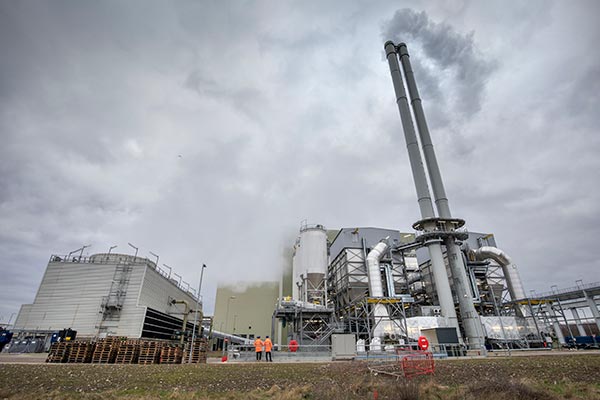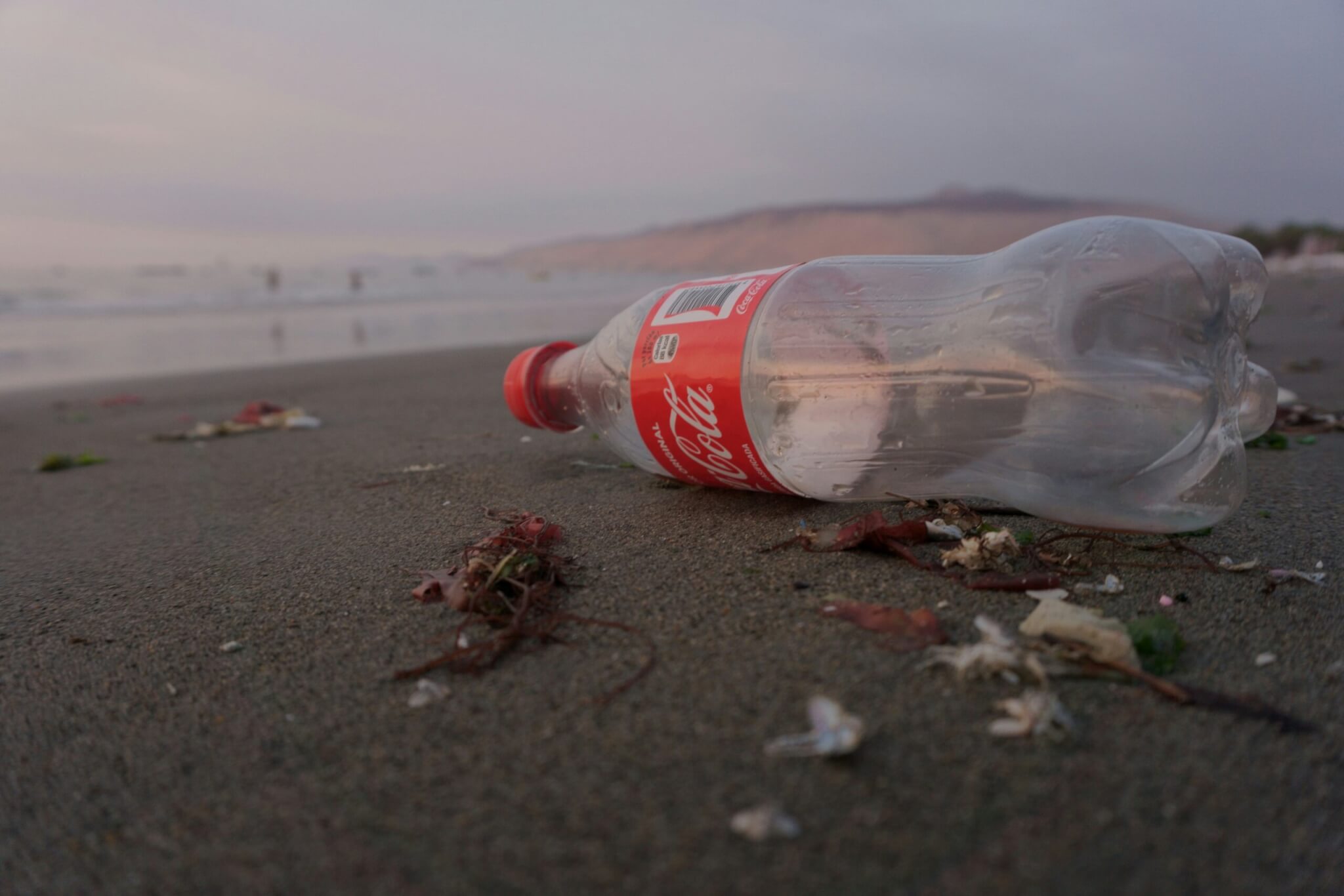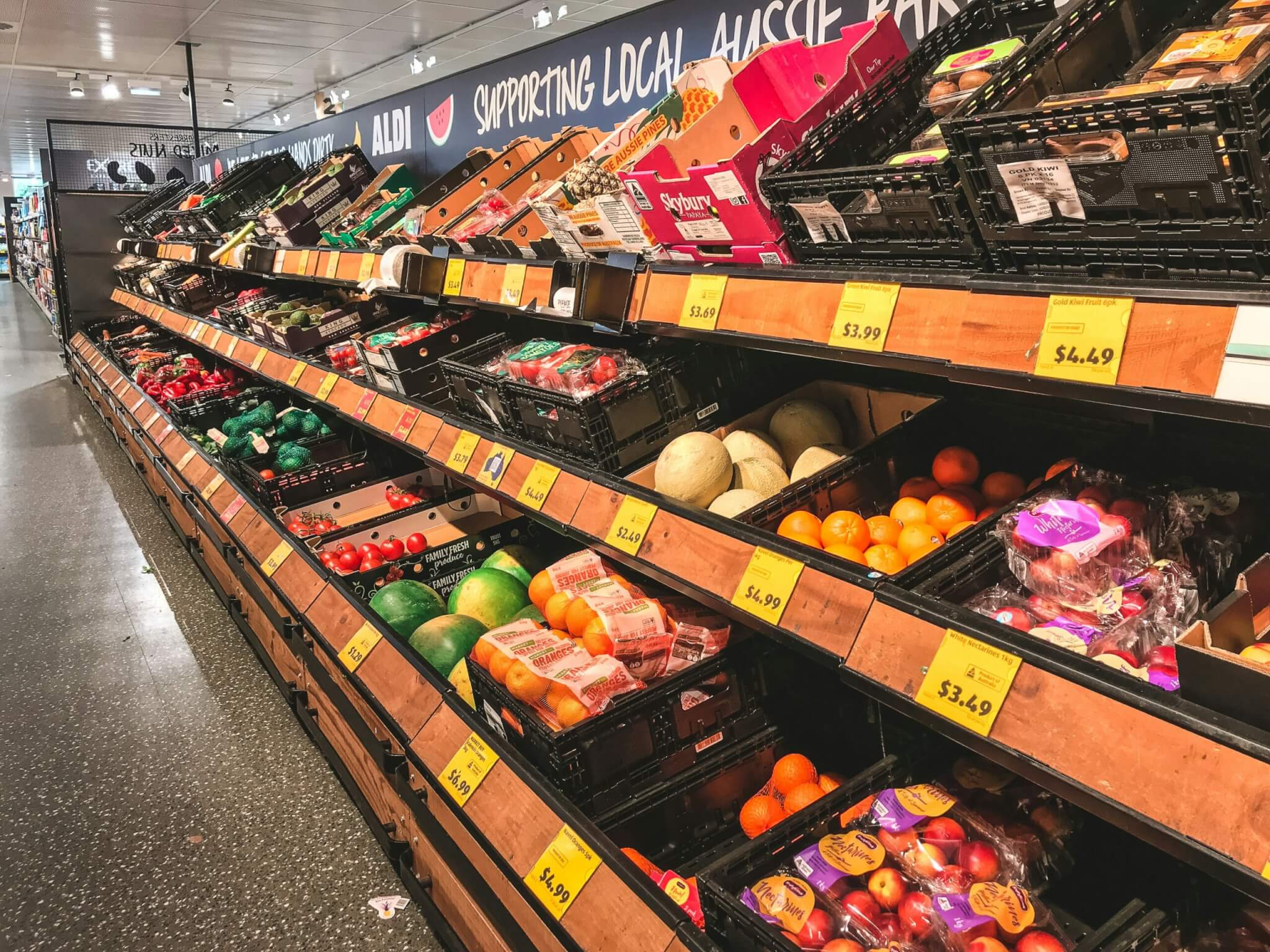We are creating more waste than ever before. As our levels of consumerism rise, so too, does our tendency to chuck things away without giving a second thought to where they end up.
Despite us getting better at separating our rubbish into the correct bin, we are still ending up with more waste than we know what to do with. So, what happens to the household waste that can’t be recycled?
Traditionally, waste was taken to landfill, where it risked contaminating water and soil and releasing methane into the atmosphere. Unsurprisingly, government policy has moved away from this by creating landfill taxes. Instead, the UK was challenged to start treating its waste as a resource.
One solution was to build more Energy from Waste (EfW) facilities, where waste is burnt at a high temperature under carefully controlled conditions and converted into low carbon electricity and heat. The UK currently has over 20 EfW facilities, which provide electricity to nearby homes and businesses.

The process is relatively simple. Heat from burning waste is used to turn water into steam, which then drives turbines to generate energy. This energy is then transported to the National Grid ready to be converted into electricity. So effectively, your black bin waste could be used to power your morning cuppa.
It sounds like a win-win solution – our leftovers helping to produce low carbon power and reducing our reliance on fossil fuels. But not everyone is on board.
Because early incinerators had previously burned waste with the sole objective to get rid of it, there was little tracking of emissions and no energy recovery involved. This has meant the modern process, which is almost unrecognisable compared to the incinerators of previous eras, is struggling to break free from its dirty reputation.
For residents living close to EfW facilities, potential health implications can be seen as a major cause for concern. London Mayor Sadiq Khan, in his ongoing mission to tackle air pollution, said just last year that emissions from incinerators were “bad for our health, bad for our environment and bad for our planet”.
Despite Public Health England guidance stating modern, well run and regulated municipal waste incinerators pose no significant health risks, the facilities are still met with scepticism.
None more so than from members of the United Kingdom Without Incineration Network (UKWIN), which has campaigned tirelessly against the facilities, including recently teaming up with Extinction Rebellion to protest against a site being rebuilt in Edmonton, North London.
On top of health concerns, UKWIN member Shlomo Dowen believes incineration discourages recycling by offering a quick fix solution to the UK’s waste problems. He says: “UKWIN knows of many councils who have made explicit references to how money or contracts that bind them to incineration prevent them from investing in separate food waste collections.”
Recyclable products being burned do represent a huge loss to the economy. Burning these valuable materials puts recyclers at a disadvantage as it represents a missed opportunity to be sold in a secondary market. Yet this only happens, contractors claim, due to a lack of recycling infrastructure in certain areas.
Some now see EfW as part of the wider waste treatment solution, offering a ‘transitional technology’ that suits our needs until we figure out how to make products which can be effectively recycled.

Adam Read, external affairs director at waste management firm Suez, which owns and operates a number of EfW facilities, says: “These technologies act as an essential buffer we need as new solutions, services and infrastructure that support future higher levels of recycling, reuse and prevention are delivered.”
Despite question marks remaining in the UK over the role of EfW, many European countries have embraced the technology and view it as a complementary process to recycling. This has meant facilities have been built nearby to homes and businesses with attached underground heat networks, which provide heat as well as electricity. EfW is such a daily part of life in Copenhagen that the plant is located right in the middle of the city and even features a ski slope for residents to ski down.
Most of the UK’s EfW facilities are tucked away on business parks away from residential areas, yet as more waste infrastructure is built over the coming years, there is potential for these plants to also become sources of heat.
At the moment, the heat produced during the EfW process is lost as facilities are too far away from houses and businesses: heat is lost as it travels through pipes, so the further away they are, the more heat is lost.
It’s an expensive job to retrofit pre-existing facilities with these networks but if the technology was to be truly embraced in the UK, there is opportunity to develop systems where our black bins are not just keeping the lights on, but also heating our homes.
Read predicts in one way or another we will always need some form of disposal. “Over the next 20-30 years, these facilities will need to adapt and change to suit the targets for recycling, landfill diversion and the circular economy. Even if consumers, investors and the waste sector rapidly improves their participation, up to 30 per cent of all waste will still need to be treated in some way.”
Until products are designed to be reused, recycled or repaired, we will have no choice but to fill our black bins with waste. The least we can do is turn it into something useful.










Wow! A well researched, well thought out article. Challenging and reasoned
Yes v interesting – hard to reconcile Sadiq Khan’s comments (he’s well advised) with the Copenhagen story, I’ll tune into more news about this subject in future. Thanks
Readers will be interested that a ew technology is coming into use, the RT7000 which was invented in Swindon and is being tried out on a municipal scale in one Scottish town. It receives mixed plastic of every description, clean or not, and without creating pollution it turns them back into usable plastic called plaxx.
Soon there will be no need for incinerators, but local councils who invested heavily in them have debts which tie them into subcontracts with waste firms.
See https://recyclingtechnologies.co.uk/technology/the-rt7000/
Well of course we need to keep recycling in the sense of reusing as much as we can and reducing our consumption. But the fact is that we have been exporting huge amounts of our rubbish, especially plastics, and we need to deal with all the stuff that we are not recycling. Incineration plants of the type described are a good solution for surplus and difficult to reuse waste – it is a form of recycling and much better than landfill alternatives.
I had always thought that incineration released dioxins into the atmosphere? Is this what Khan was referring to?